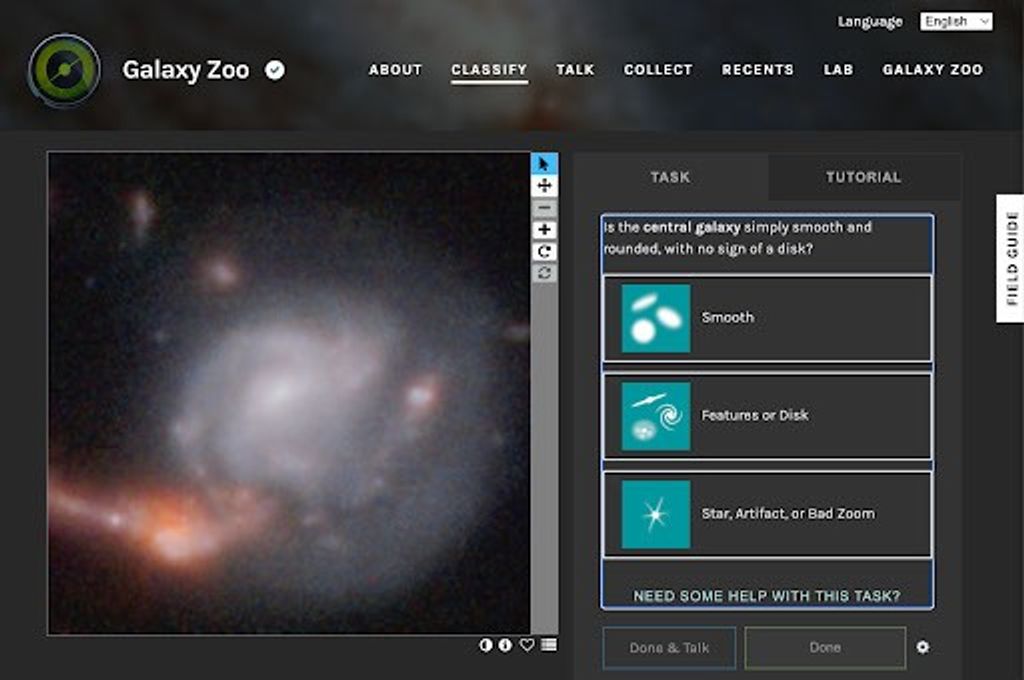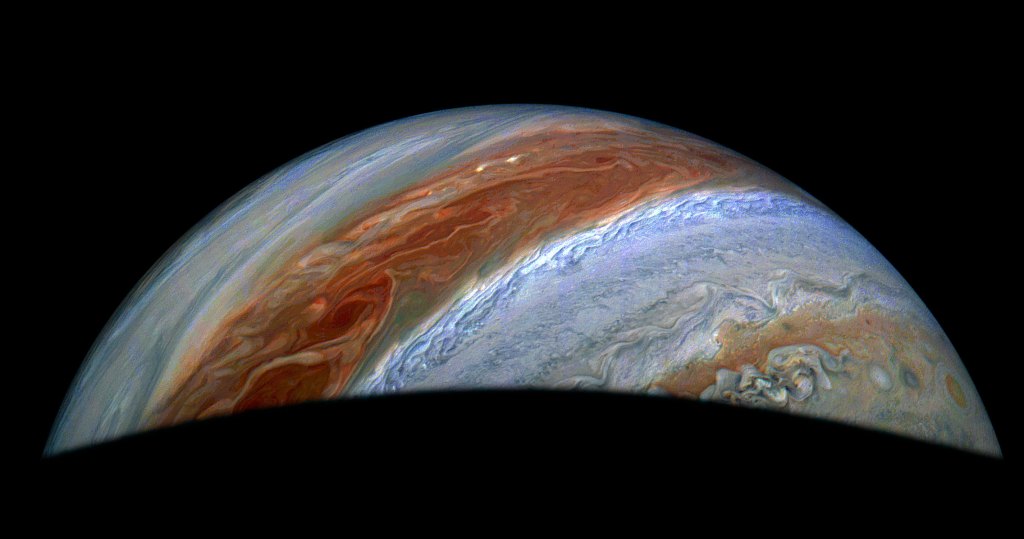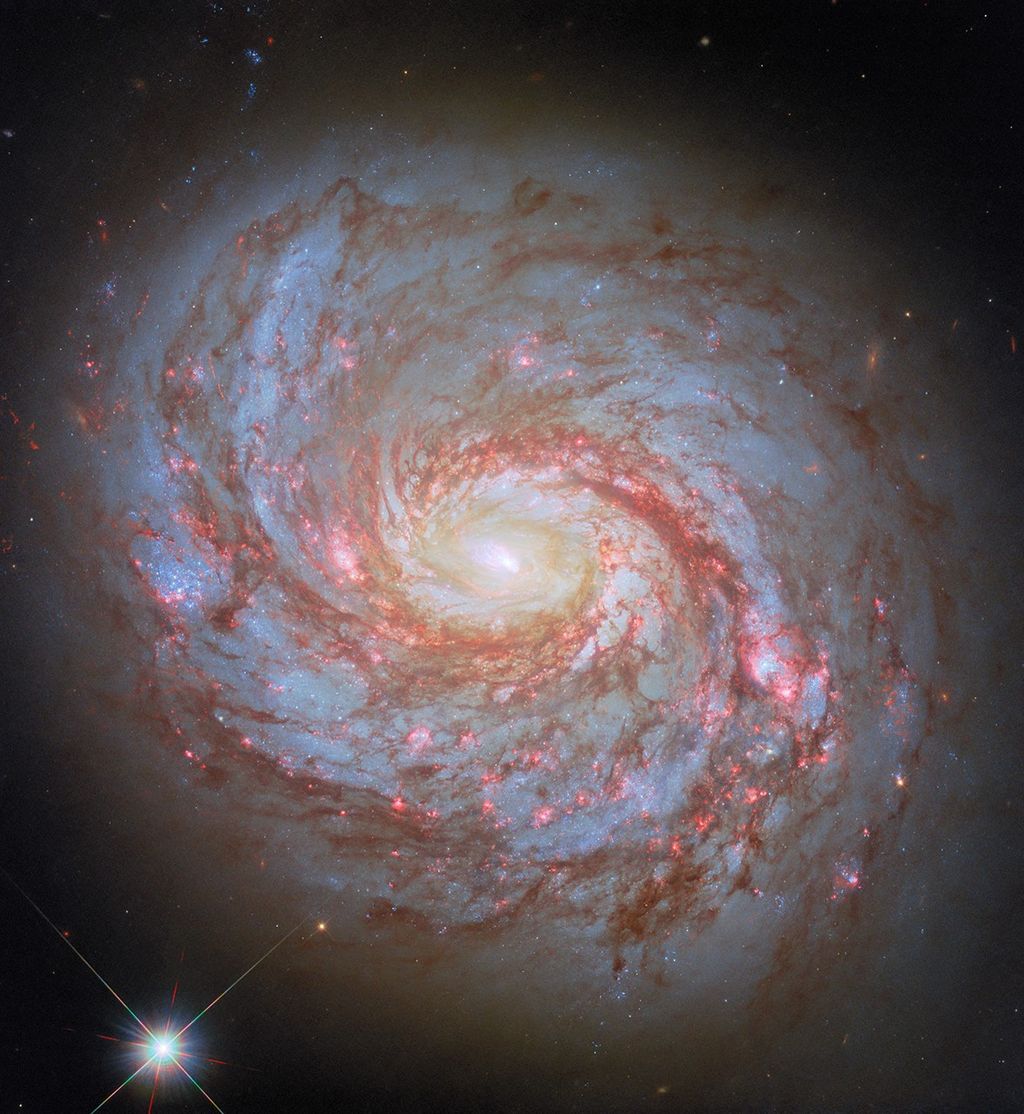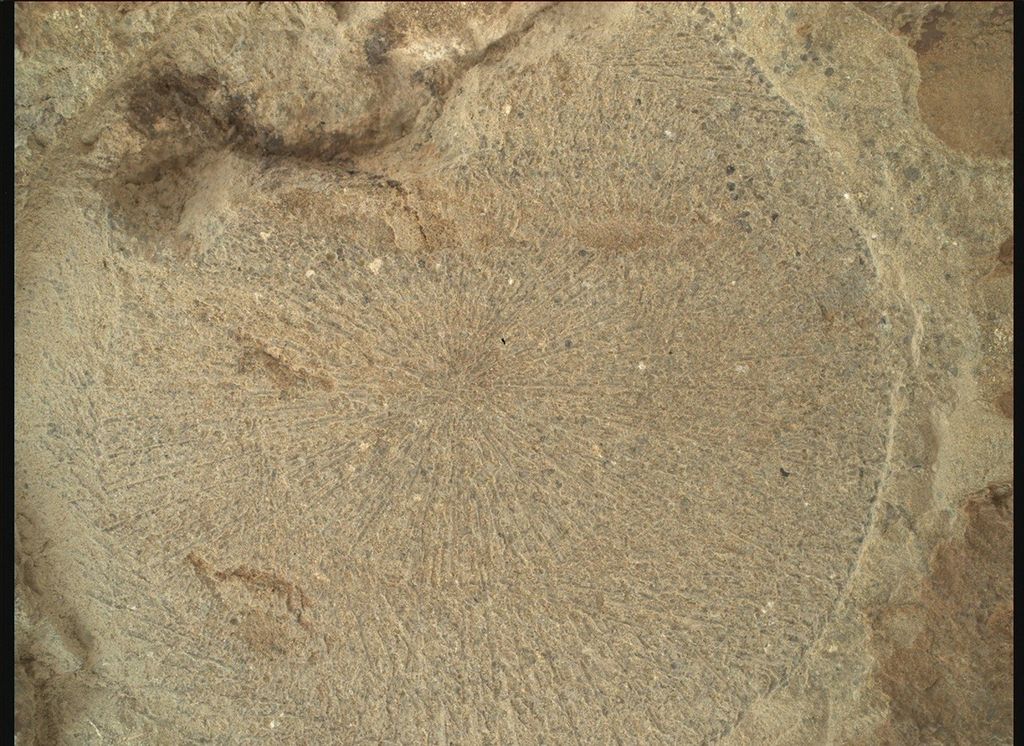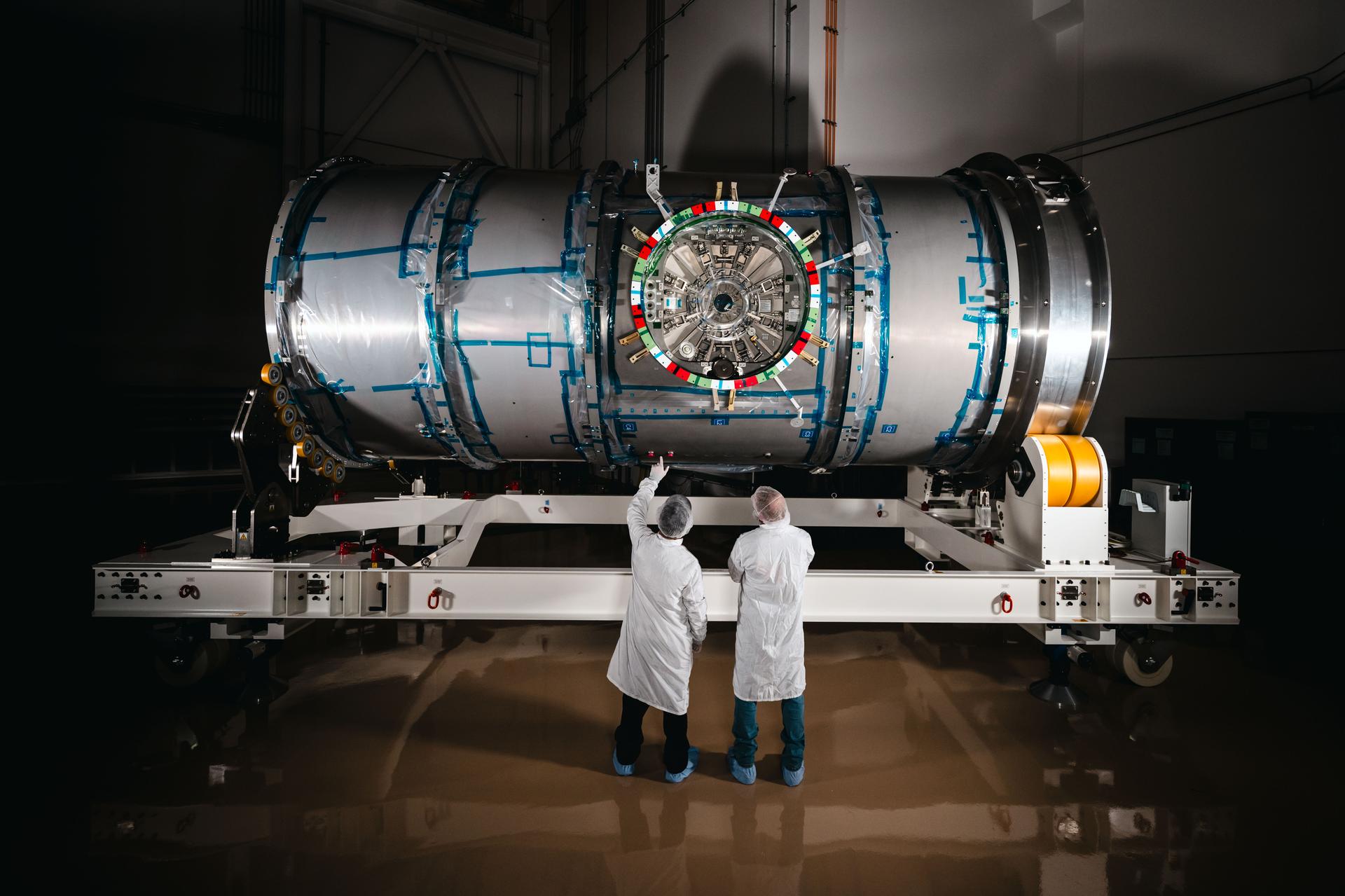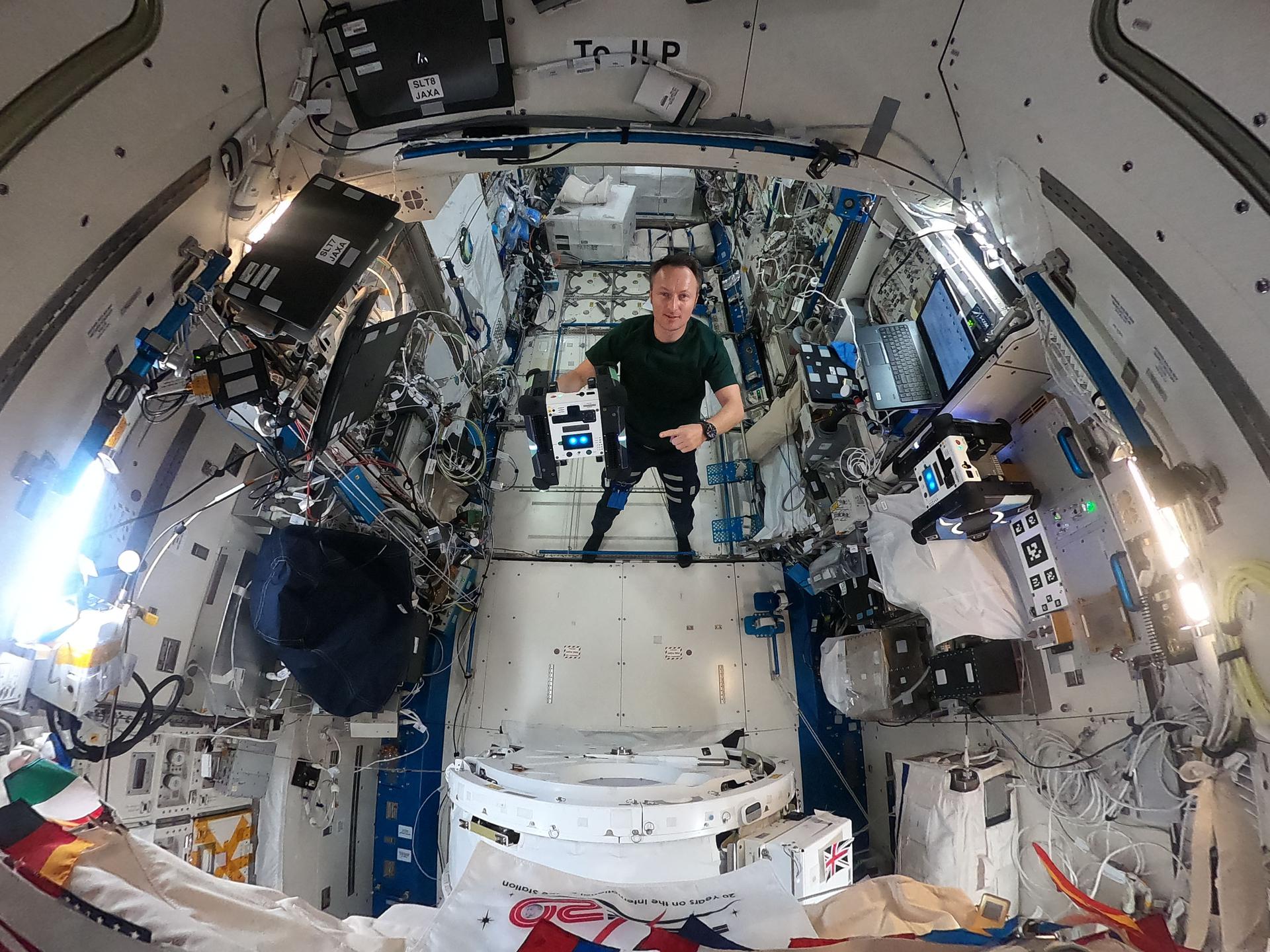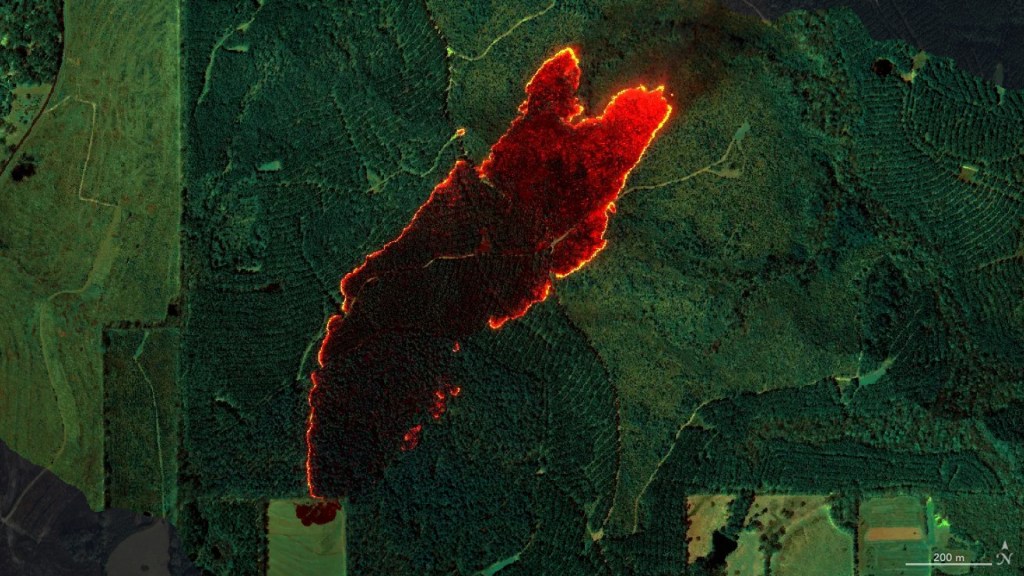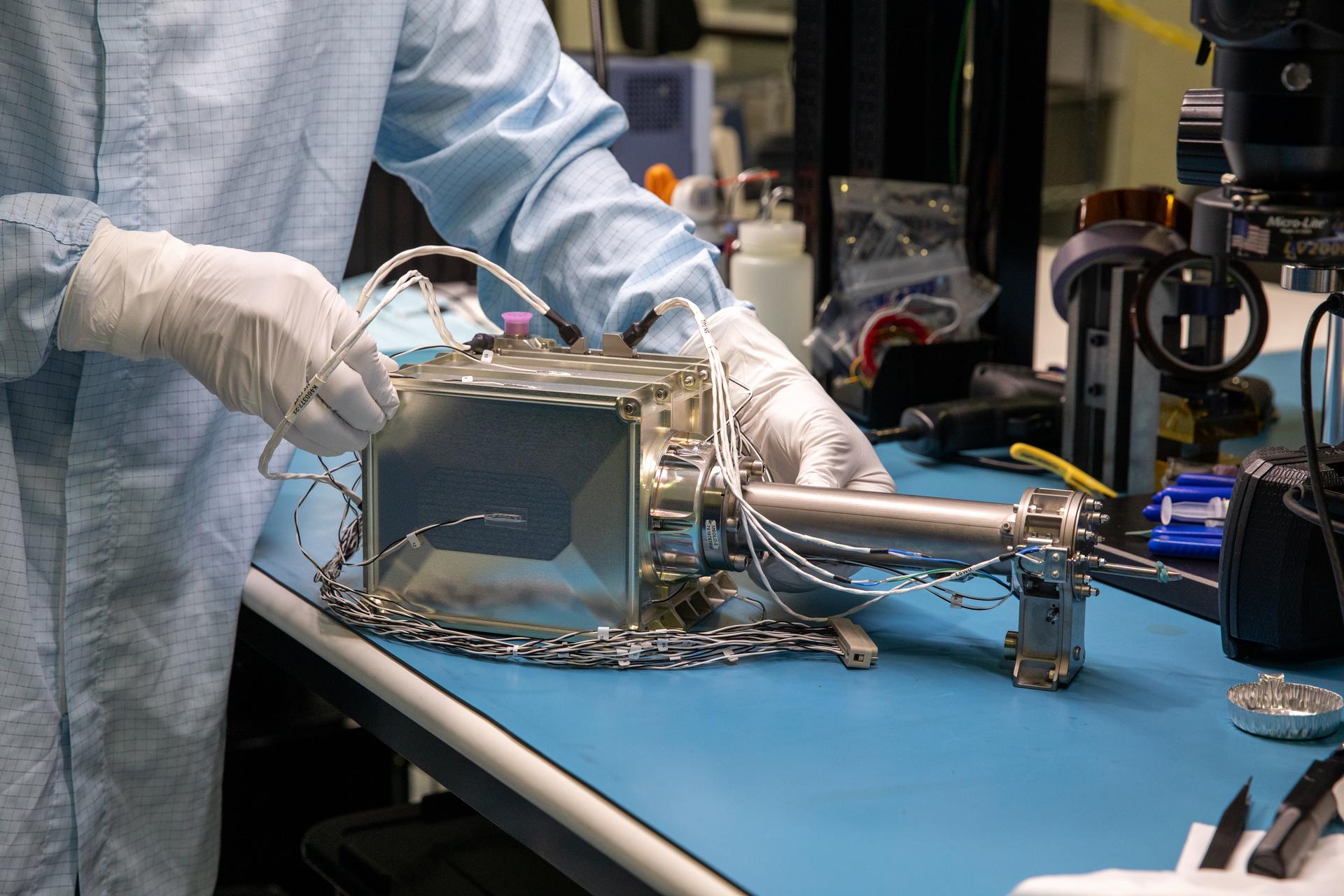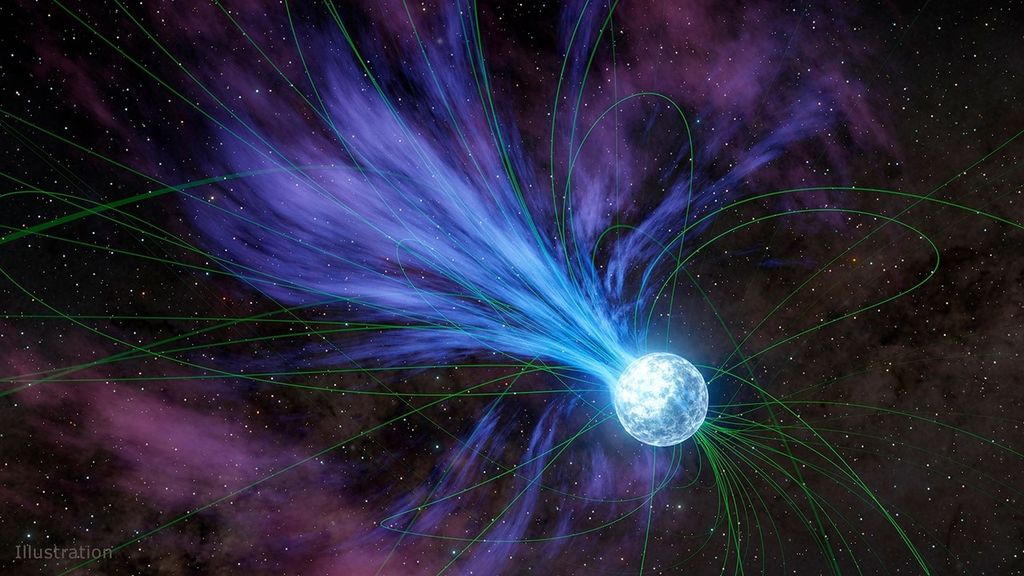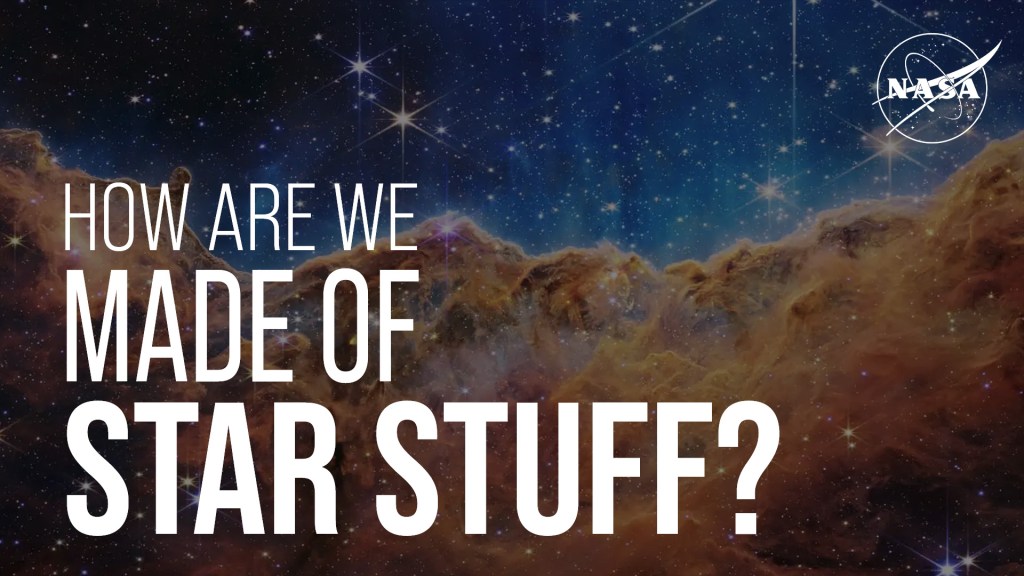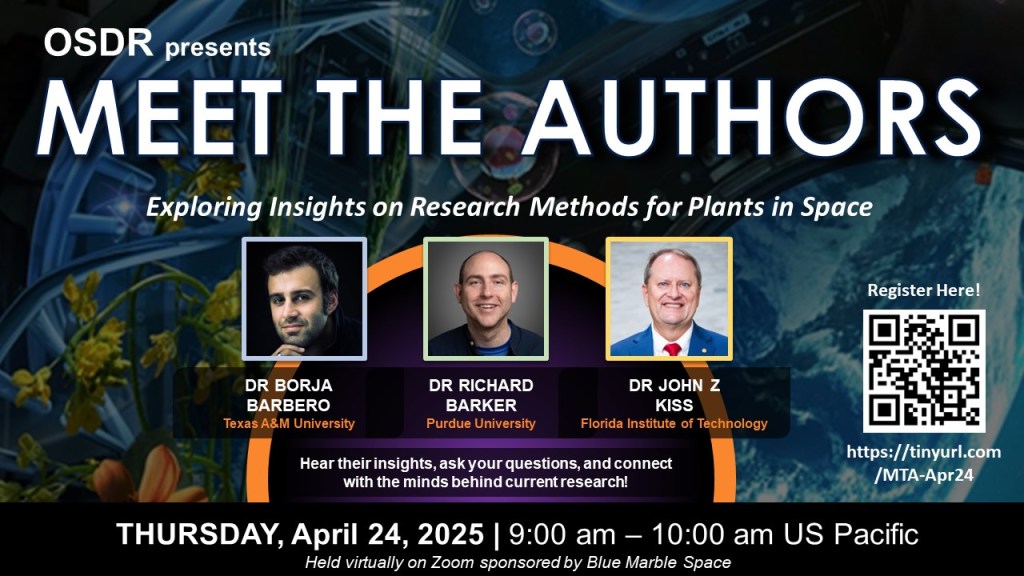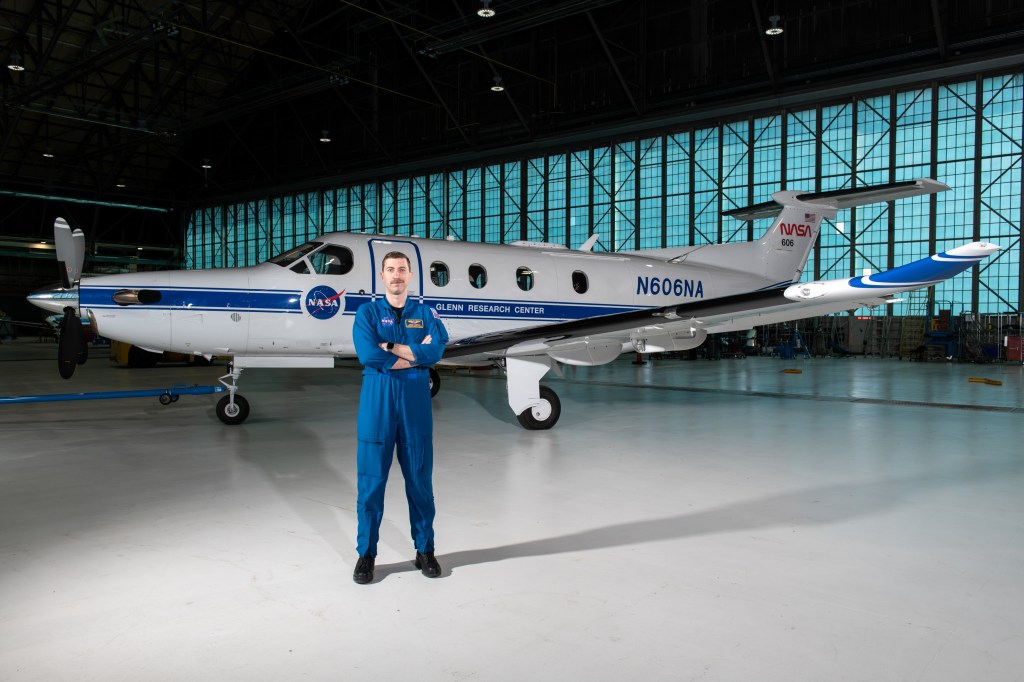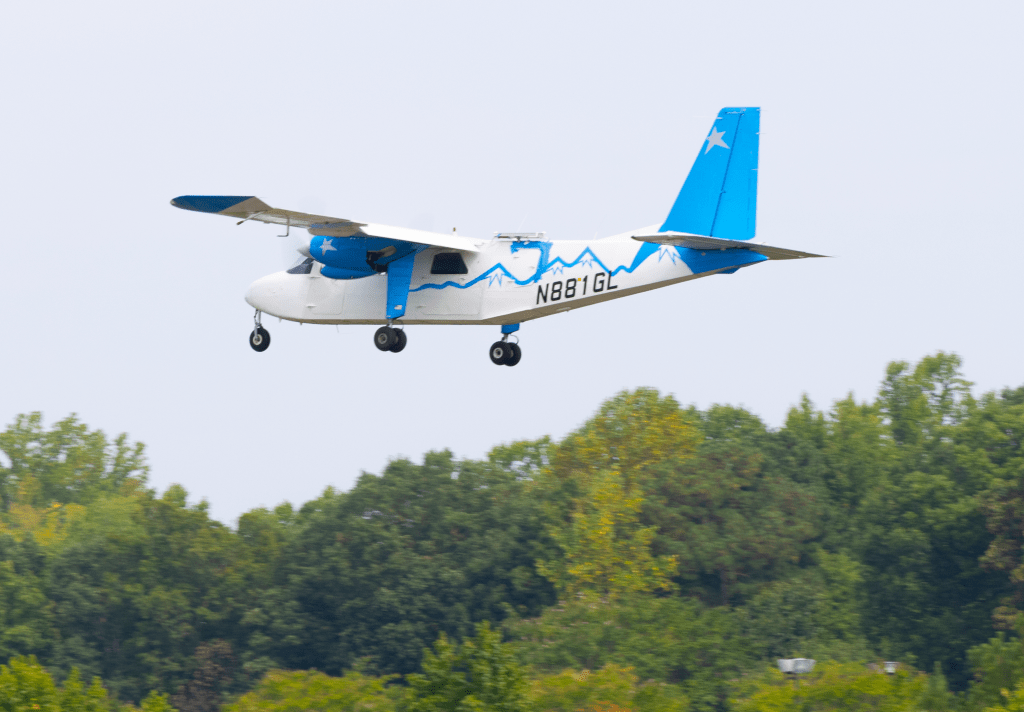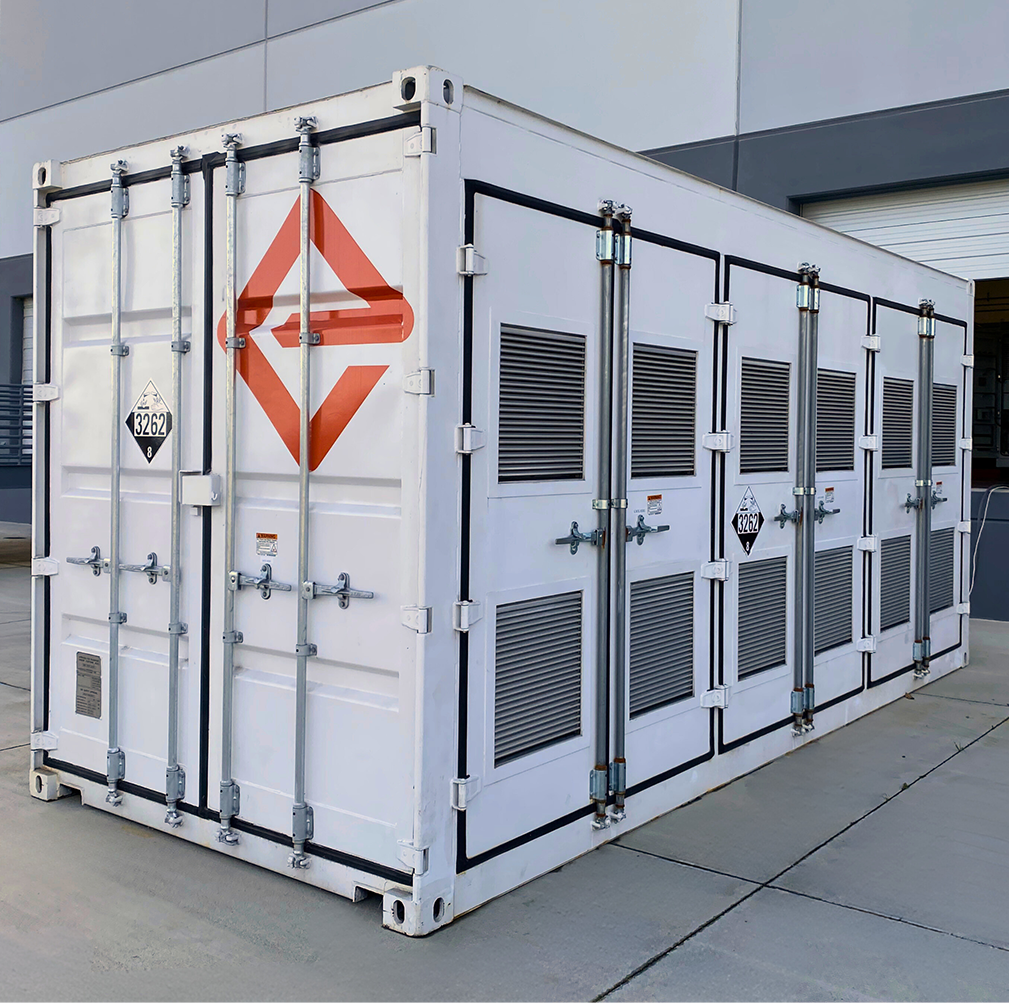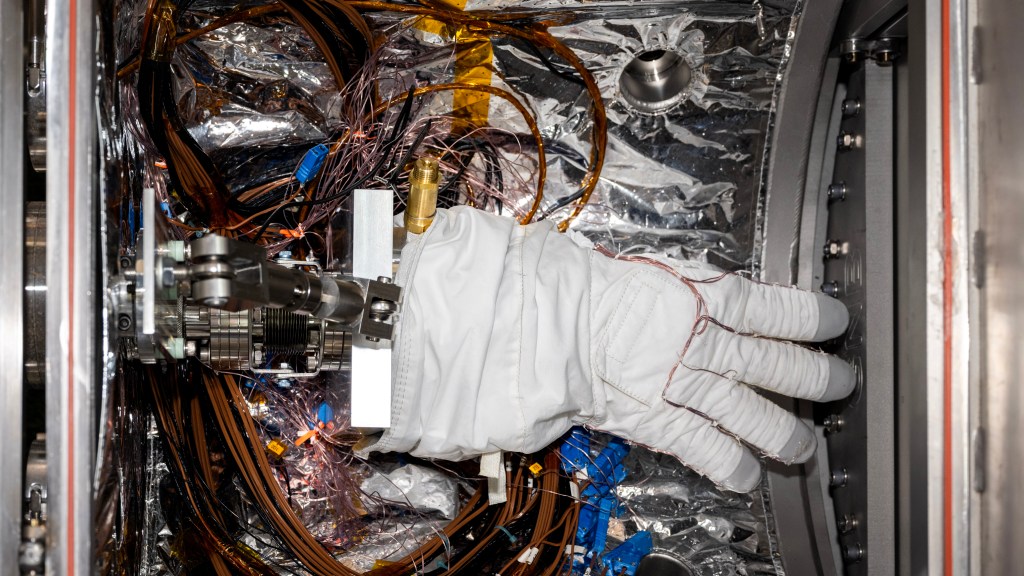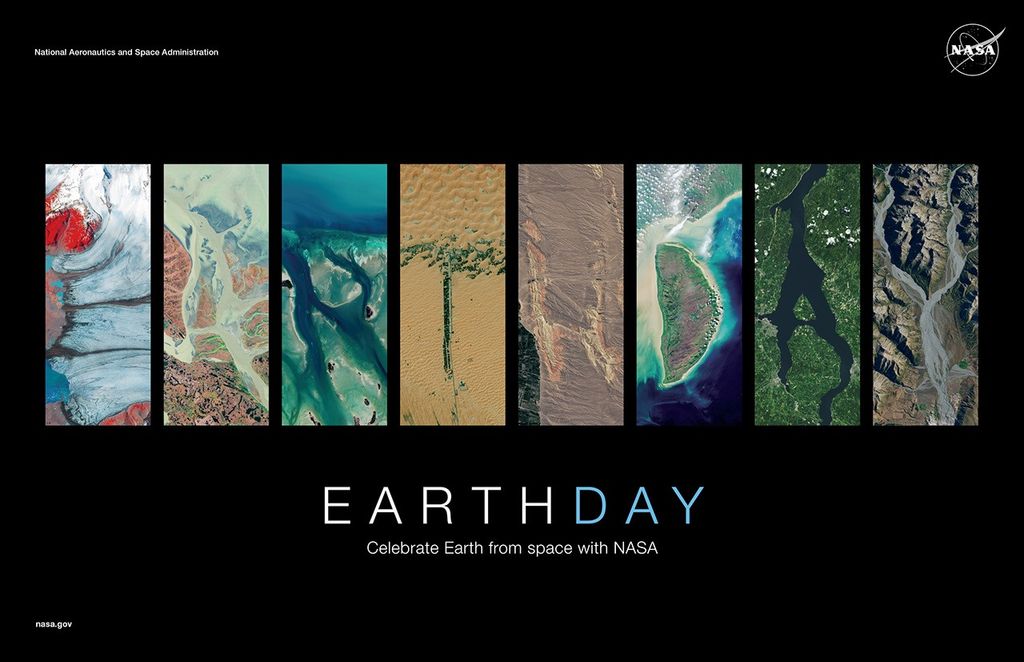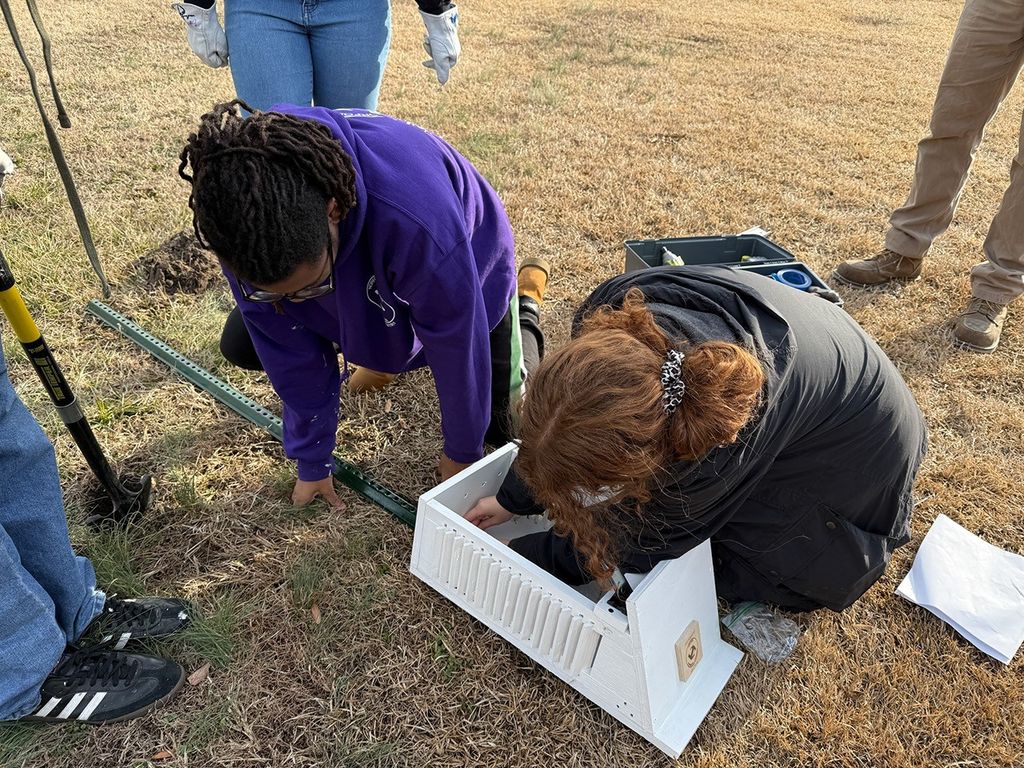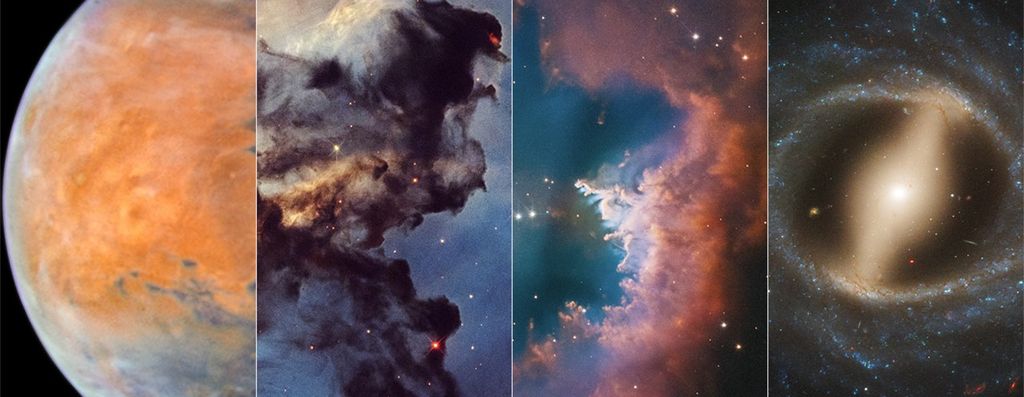
NASA’s Lucy spacecraft took this image of the main belt asteroid Donaldjohanson during its flyby on April 20, 2025, showing the elongated contact binary (an object formed when two smaller bodies collide). This was Lucy’s second flyby in the spacecraft’s 12-year mission.
Launched on Oct. 16, 2021, Lucy is the first space mission sent to explore a diverse population of small bodies known as the Jupiter Trojan asteroids. These remnants of our early solar system are trapped on stable orbits associated with – but not close to – the giant planet Jupiter. Lucy will explore a record-breaking number of asteroids, flying by three asteroids in the solar system’s main asteroid belt, and by eight Trojan asteroids that share an orbit around the Sun with Jupiter. April 20, 2025 marked Lucy’s second flyby. The spacecraft’s next target is Trojan asteroid Eurybates and its satellite Queta in Aug. 2027.
Lucy is named for a fossilized skeleton of a prehuman ancestor. This flyby marked the first time NASA sent a spacecraft to a planetary body named after a living person. Asteroid Donaldjohanson was unnamed before becoming a target. The name Donaldjohanson was chosen in honor of the paleoanthropologist who discovered the Lucy fossil, Dr. Donald Johanson.
Learn more about Lucy’s flyby of asteroid Donaldjohanson.
Image credit: NASA/Goddard/SwRI/Johns Hopkins APL/NOIRLab

